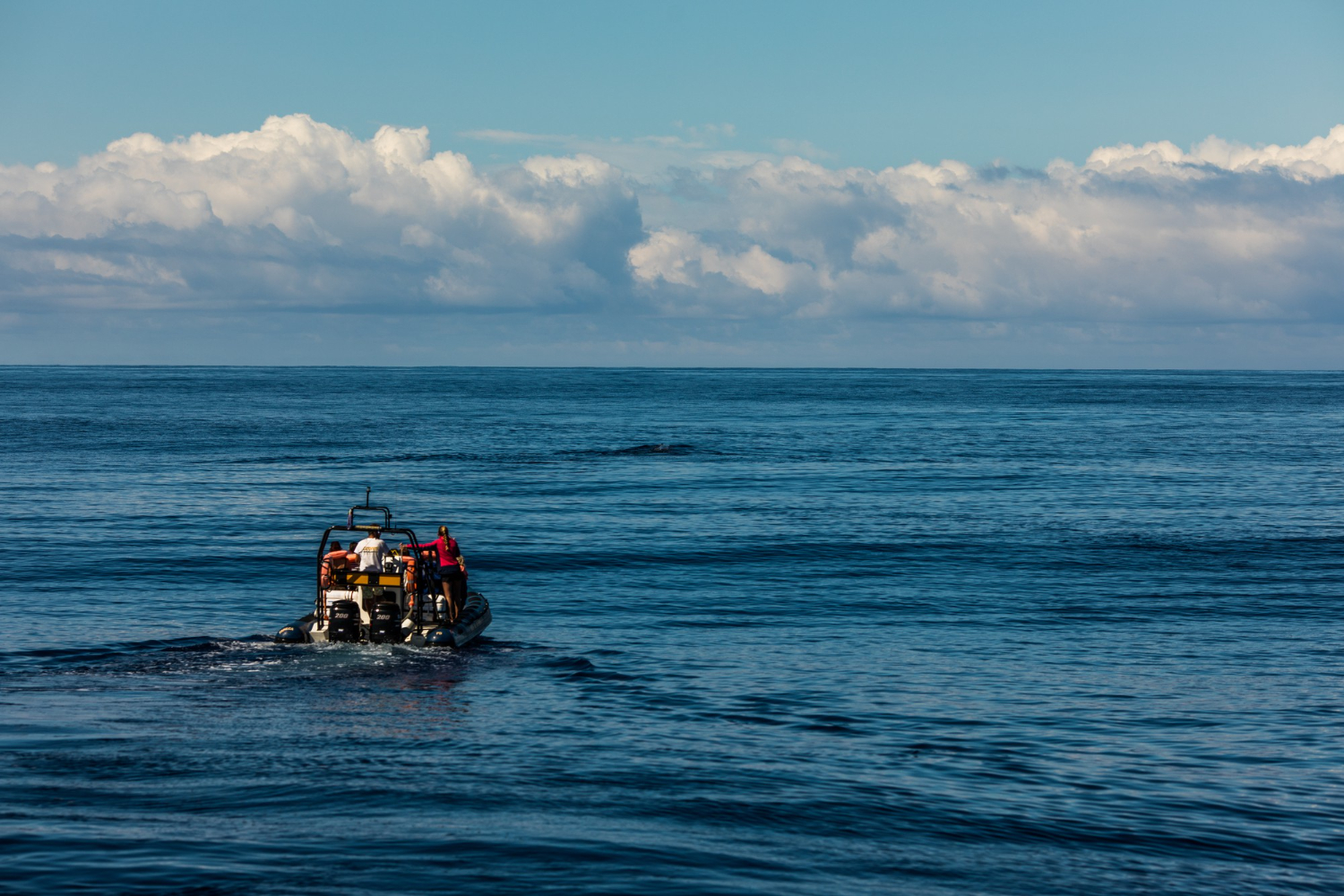Introduction: Understanding the Scope of International Waters
International waters, vast and largely unregulated, offer an extraordinary experience for adventurous boaters. Whether you’re cruising across the Atlantic or venturing into the Pacific’s blue expanse, navigating these open seas demands a firm understanding of safety, international law, and maritime practices. This guide provides essential boating tips for anyone planning to set sail into these high seas, often considered the last true frontiers of freedom and exploration.
What Are International Waters?
International waters, also known as the high seas, refer to areas of the ocean that fall outside the jurisdiction of any single nation. According to international law, particularly the United Nations Convention on the Law of the Sea (UNCLOS), they begin 12 nautical miles from a coastal state’s baseline and extend beyond its exclusive economic zone, which typically stretches up to 200 nautical miles.
Once you’re beyond the territorial sea, the rules change. While nations have rights to marine resources in their exclusive economic zones, the high seas are subject to customary international law and global cooperation. This concept is also known as the “freedom of the seas” and includes the rights of navigation, overflight, fishing, and laying submarine cables and pipelines.
Key Boating Considerations in International Waters
1. Know the Maritime Laws That Apply
Although international waters are not under any single country’s jurisdiction, vessels remain bound by the maritime law of their flag state—the country where the boat is registered. These maritime laws dictate safety protocols, crew regulations, and insurance requirements. It’s essential to understand both the maritime law of your own country and any relevant international law.

Some of these include:
- SOLAS (Safety of Life at Sea): An international treaty that sets minimum safety standards.
- MARPOL: Deals with pollution prevention in marine environments.
- UNCLOS: Establishes legal frameworks on territorial sea, high seasو exclusive economic zones.
2. Licensing and Documentation
To navigate international waters, your vessel must be legally registered and appropriately licensed. Ensure:
- The vessel has a valid flag registration.
- Crew members possess valid certifications.
- Proper radio licenses and distress signaling equipment are onboard.
These requirements fall under both national and international maritime law. Skipping paperwork can lead to detainment or heavy fines, especially in cross-border operations.
Safety First: Equipment and Emergency Preparedness
3. Safety Gear and Inspection
Safety in international waters isn’t optional—it’s essential. You should equip your vessel with:
- Life vests and lifeboats
- Satellite phones and GPS
- Fire extinguishers
- First-aid kits
- EPIRBs (Emergency Position Indicating Radio Beacons)
You must regularly inspect these tools. Even in remote المياه, having emergency gear could save lives. Safety drills for all crew members are recommended, especially when sailing into unpredictable regions of the high seas.
4. Communication and Navigation Tools
Effective communication is crucial for long-distance voyages. Invest in satellite communication systems and backup navigation equipment. Use AIS (Automatic Identification System) and radar to avoid collisions, particularly in foggy or congested المياه.
Proper navigation also includes understanding global maritime boundaries and territorial seas. Navigational charts updated with legal maritime boundaries help prevent unintentional border crossings and legal trouble.
Respecting Legal Jurisdictions
5. Navigating Maritime Boundaries
Every vessel must respect territorial sea boundaries of coastal states. The 12-nautical-mile limit from a nation’s coastline represents its full sovereignty, where the same laws that apply on land are enforced on the sea. If you stray into these zones without permission, you may face boarding, inspection, or fines.
Adjacent to the territorial sea is the exclusive economic zone (EEZ), extending 200 nautical miles from the baseline. While freedom of navigation is allowed, exploiting marine resources like fishing or deep seabed mining without permission is illegal. Always check bilateral treaties or national laws when planning a route near EEZs.
Environmental Laws in International Waters
6. Pollution and Waste Disposal
Preserving marine ecosystems is part of international law and many maritime conventions. Regulations from MARPOL and UNCLOS make it illegal to dump oil, plastic, or untreated waste into the ocean. Environmental laws emphasize protection of marine life and habitats.
Proper waste management systems are required onboard. Use environmentally friendly cleaning products and report any oil spills immediately to relevant authorities or coast guards in nearby states.
Engaging in Permissible Activities
7. Fishing and Recreation
Fishing in international waters is legal but must follow rules and regulations set by international conventions. Certain fish stocks are protected, and overfishing is a major concern. Many regions have designated conservation areas where fishing is prohibited.
Recreational activities like diving, racing, or even long-distance sailing competitions are commonly held in high seas. However, these activities still fall under international maritime law, especially if they involve multiple states or affect marine resources.
Piracy and Security
8. Navigating Dangerous Zones
Piracy remains a threat in some parts of the world, particularly in specific المياه off the coast of Africa, Southeast Asia, and South America. The united states and international bodies have protocols to prevent piracy, including designated safe corridors and naval escorts.
Security tips include:
- Installing anti-piracy barriers
- Maintaining radar vigilance
- Avoiding piracy hotspots
- Coordinating with naval security where applicable
Stay updated on advisories from the IMO (International Maritime Organization) and your flag state’s foreign office.
Insurance and Legal Protections
9. Marine Insurance Policies
Marine insurance is not just for peace of mind—it’s a legal requirement under many maritime laws. Policies should cover hull damage, third-party liability, environmental damage, and crew medical insurance.
The complexity of maritime legal systems means that boaters should consult legal professionals before embarking on international voyages. Make sure your coverage complies with both national laws و international conventions.
Resolving Maritime Disputes
10. Conflict Resolution and Reporting
Disputes in international waters, whether over fishing rights or maritime boundaries, often escalate quickly. Conflict resolution mechanisms exist under UNCLOS and through the International Tribunal for the Law of the Sea.
Vessels should report any incident involving legal conflict or collision to both their flag state and local coastal authorities. The collection of GPS data, video recordings, and official logs can support legal cases.
Conclusion: Preparing for the High Seas
Sailing into international waters offers unmatched freedom and adventure, but it comes with legal, environmental, and safety responsibilities. By understanding maritime law, respecting territorial sea boundaries, and staying updated on international rules, you can ensure your journey is both thrilling and compliant.
Whether you’re a seasoned captain or a newcomer, your ability to safely and legally navigate the high seas depends on preparation, respect for international law, and understanding the complex web of maritime jurisdictions. In truth, navigating international waters is as much about knowledge and discipline as it is about the thrill of the voyage.
Bon voyage!


